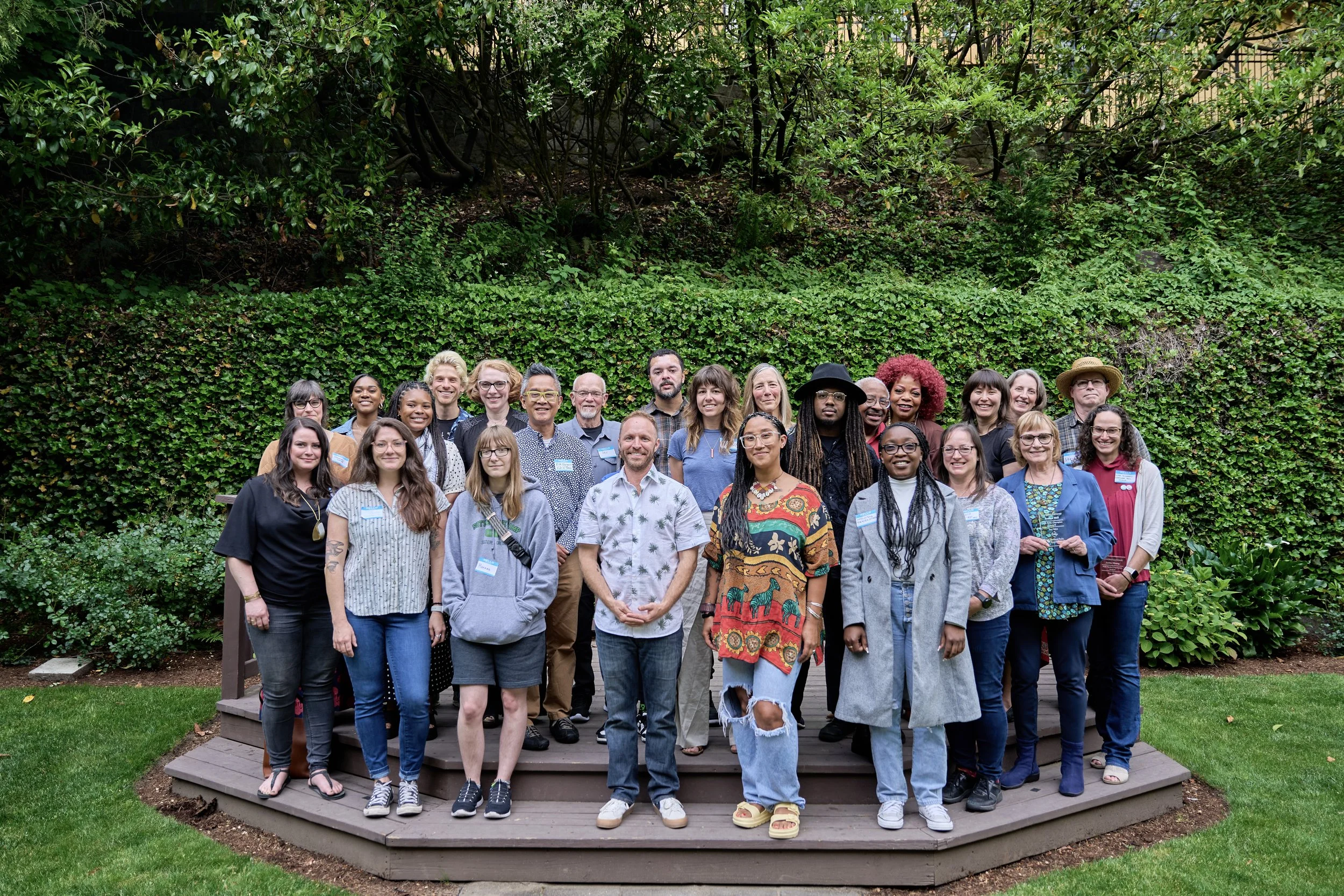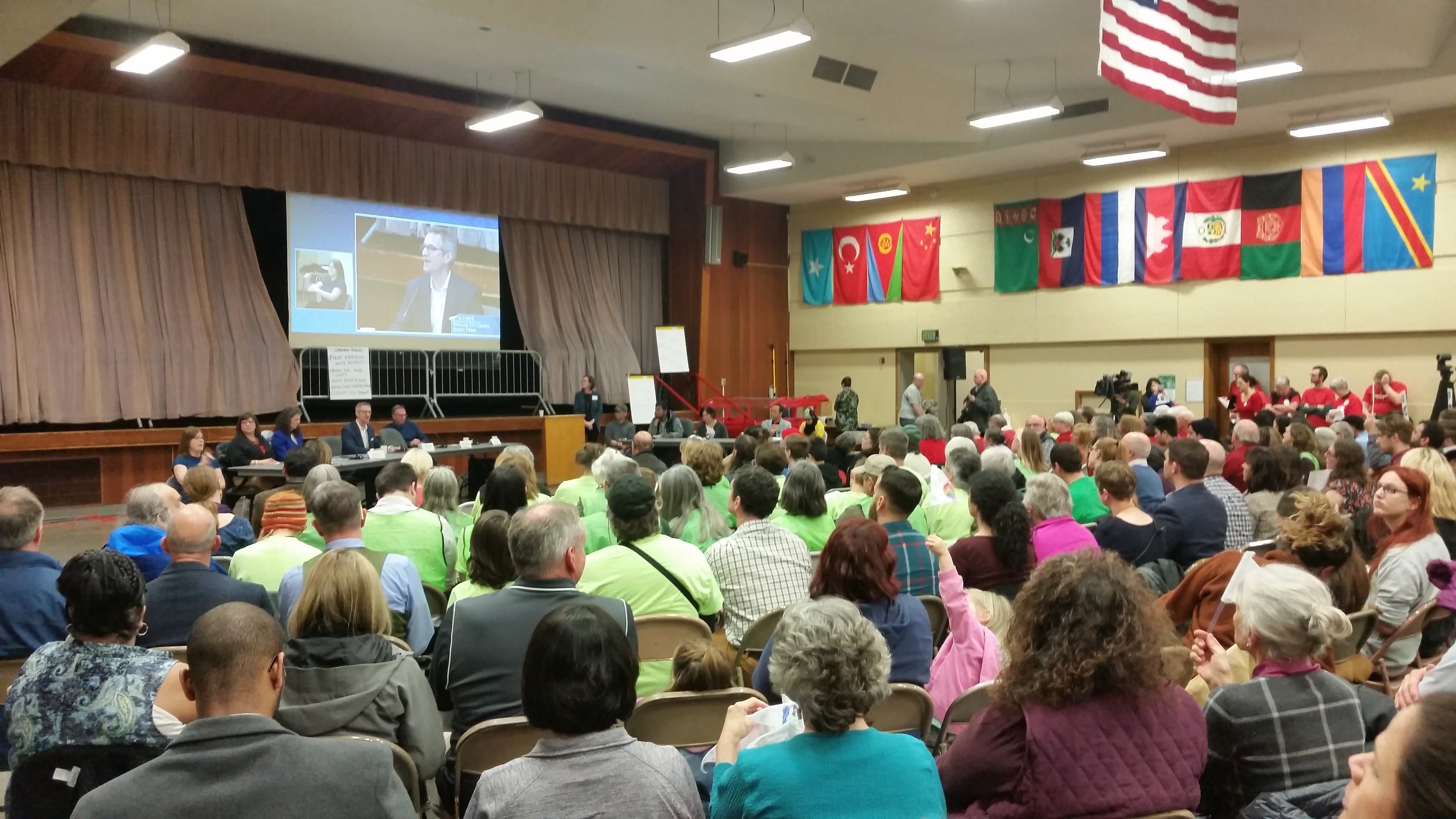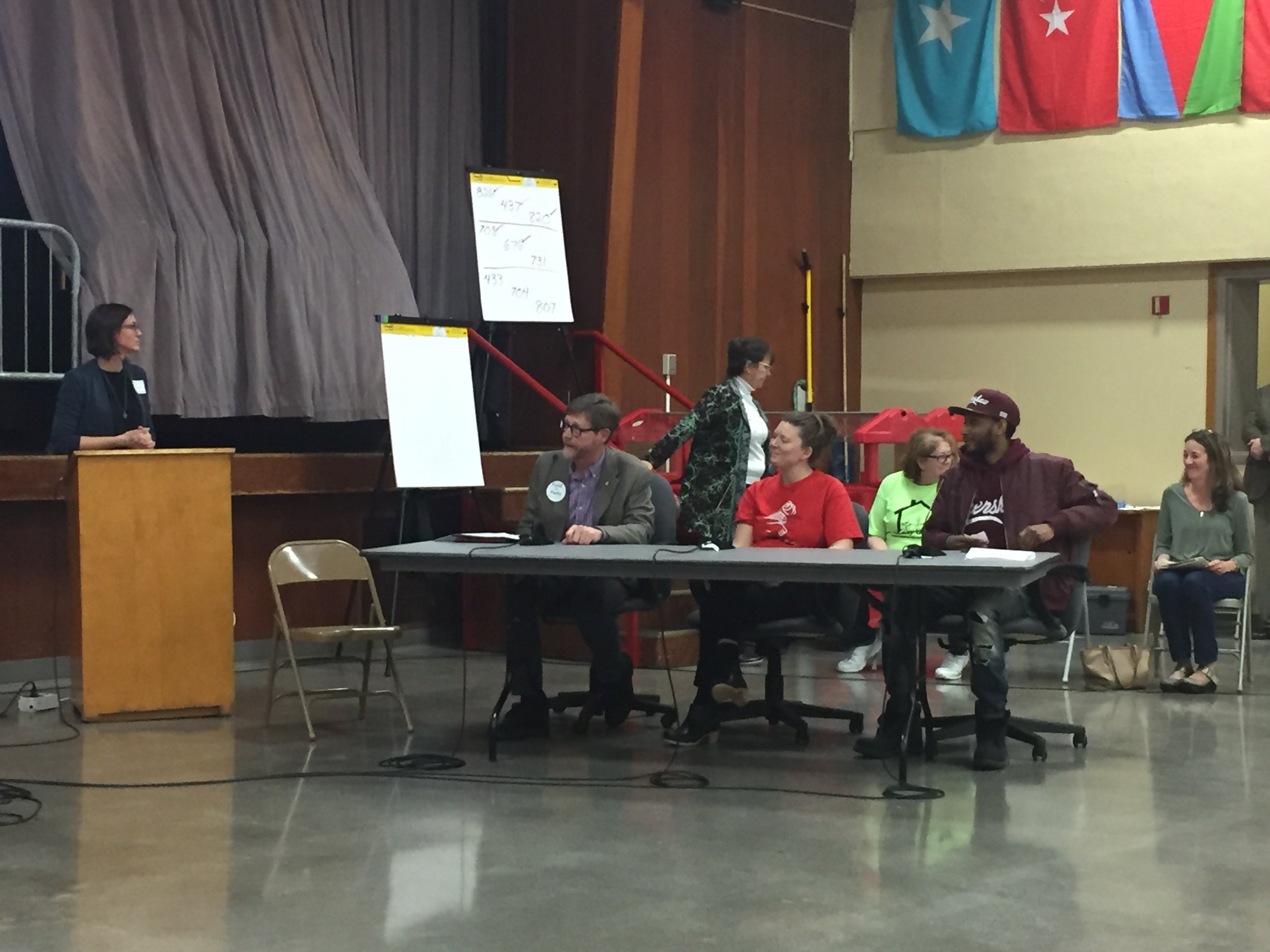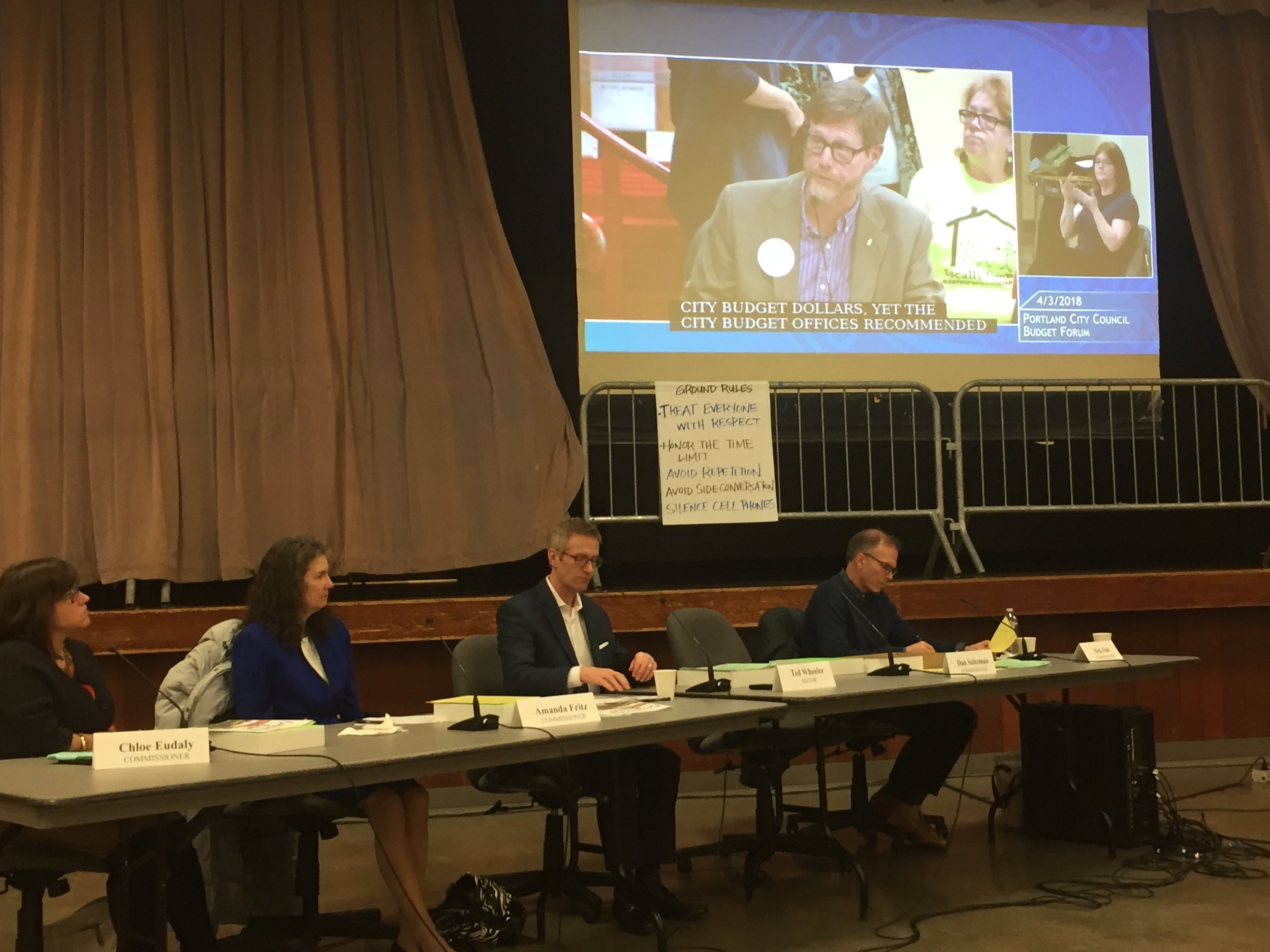"The bottom line is that we’re here to raise much-needed money for parks … There’s such a discrepancy between areas such as Cully and Grant Park. We need to reach for what seems impossible and think in the long term.”
- Josephine “Joey” Pope, PPF founding board chair, July 2001,
on why Portland needs a parks foundation
The Portland Parks Foundation exists today thanks to the vision and dedication of our founding board members including our founding board chair, Josephine “Joey” Pope. Joey was instrumental in developing the concept of a city-wide parks nonprofit for Portland to help address the inequities in our parks and recreation system, and to ensure that we think strategically about advancing a thriving parks system for all.
Joey passed away on October 2, 2024. As her family shared with us in her obituary, “Joey dedicated her time and energy to Portland's parks and people.” For those of you who were lucky enough to work alongside Joey, you understand that the depth of her dedication had no boundaries.
She had big visions for parks and wasn’t afraid to advocate for them through real action and leadership. “We need to consider Portland in many ways – gardens, natural areas, as a green city, the ability to walk and hike everywhere – and look at the system as a whole and how it connects,” said Joey Pope in reference to the overall goal of PP&R’s 2020 Vision Plan and the creation of a Portland Parks Foundation. After contributing to the idea of a foundation, she went on to lead it in the following years - building a coalition of businesses, community members and parks advocates who cared deeply about elevating the importance of parks and outdoor space. We continue to advance this goal today through PPF’s current playground replacement project, Friends & Allies summits, small grants and award programs, and our commitment to finding sustainable funding for our parks system.
Over the last few decades, Joey remained involved in PPF even after she was no longer on the board. A few years ago, she helped create an emerging leadership program with the Portland Parks Foundation to support future parks leaders. It is our honor to continue her legacy as a leader in Portland through our work at PPF, and more specifically, through our annual Joey Pope Award for Parks Leadership.
Joey leaves us with a clear vision for the parks and the gift of an organization that advocates for access to public parks and recreation for all Portland residents. I look forward to continuing to join forces with you, the Portland community, to carry out her vision of an equitable parks system for all.
Photo collage: Left: Joey with wheelbarrow; Center: Joey Pope and Betsy Bergstein, May 2005; Right: Barbara Allen, Joey Pope (center), Emily Crumpacker in Washington Park circa 2008


























